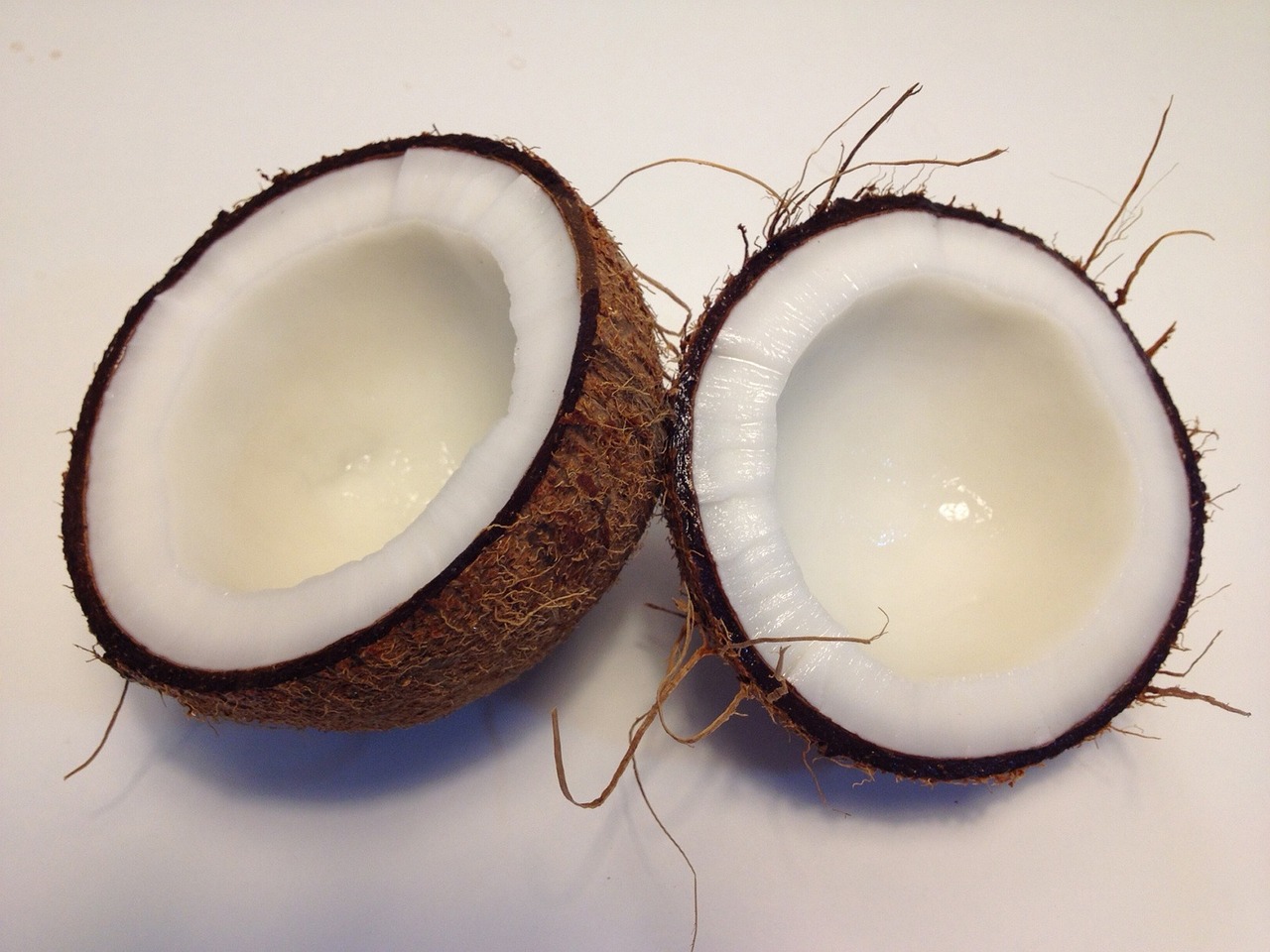The Science of Food Sensory Evaluation: Exploring Taste, Aroma, and Texture
Food sensory evaluation plays a crucial role in understanding the sensory attributes of different foods. By engaging our senses of taste, smell, sight, touch, and even sound, we are able to fully experience and appreciate the complexity of flavors in various food products. Through sensory evaluation, researchers, chefs, and food manufacturers can gather valuable information about the quality, acceptability, and overall consumer perception of food products.
The process of food sensory evaluation involves trained panelists who use their senses to detect, measure, analyze, and interpret various sensory characteristics of food items. These evaluations are conducted in controlled environments to ensure accuracy and consistency in the results obtained. By honing their sensory skills, panelists can provide valuable insights into the flavor, texture, appearance, and overall sensory experience of different foods, helping to drive product development and quality improvement in the food industry.
Understanding the Role of Taste in Food Perception
Taste plays a crucial role in how we perceive food, influencing our overall dining experience. It is one of the key sensory attributes that contribute to our enjoyment or dislike of a dish. The taste of food is determined by the interaction of our taste buds with the basic tastes: sweet, sour, salty, bitter, and umami. Each taste sensation provides important information to our brain about the composition and quality of the food we are consuming, shaping our preferences and guiding our food choices.
Our perception of taste is not only influenced by the basic tastes but also by factors such as texture, temperature, and spiciness. The combination of these elements creates a complex sensory experience that adds depth and richness to our gastronomic encounters. Moreover, taste is closely linked to our memories and emotions, evoking nostalgia or comfort based on past experiences associated with particular flavors. Understanding the nuances of taste in food perception can enhance our appreciation of culinary creations and help us make more informed decisions about what we choose to eat.
• Taste is a key sensory attribute that influences our dining experience
• Basic tastes include sweet, sour, salty, bitter, and umami
• Taste buds interact with these basic tastes to determine the taste of food
• Factors such as texture, temperature, and spiciness also influence taste perception
• Taste is linked to memories and emotions, evoking nostalgia or comfort based on past experiences
Exploring the Importance of Aroma in Gastronomy
The aroma of food plays a crucial role in the overall gastronomic experience. When we take a bite of our favorite dish, the aroma is the first thing that hits our senses, often influencing our perception of taste. Aroma contributes to the complexity and depth of flavors, triggering memories and emotions that enhance the dining experience.
In gastronomy, aroma not only adds to the sensory appeal of a dish but also serves as a key indicator of freshness and quality. The ability to identify different aromas in food can help discern the ingredients used, cooking techniques applied, and even the origin of the dish. Chefs and food enthusiasts alike understand the significance of aroma in creating well-balanced, flavorful creations that captivate both the palate and the olfactory senses.
Why is aroma important in gastronomy?
Aroma plays a crucial role in gastronomy as it greatly influences our perception of food. It can enhance the overall dining experience by stimulating our senses and creating anticipation for the flavors to come.
How does aroma affect our perception of food?
Aroma is closely linked to our sense of taste, as our taste buds can only detect basic flavors like sweet, sour, salty, bitter, and umami. Aroma adds complexity to these flavors, allowing us to discern nuances and enjoy a more well-rounded gastronomic experience.
Can aroma alone affect how we perceive the taste of food?
Yes, aroma can significantly impact our perception of taste. In fact, studies have shown that a food item’s aroma can influence our taste perception more than its actual flavor. This is why chefs often emphasize the importance of aroma in their dishes.
How can one enhance the aroma of a dish?
There are several ways to enhance the aroma of a dish, such as using fresh herbs and spices, incorporating aromatic ingredients like onions and garlic, and implementing cooking techniques that release fragrant compounds. Presentation and serving temperature can also play a role in enhancing aroma.
Is aroma evaluation subjective?
While aroma evaluation can be subjective to some extent, there are certain aromas that are universally appealing or unappealing to most people. However, individual preferences and cultural influences can also play a role in how we perceive aromas in food.







